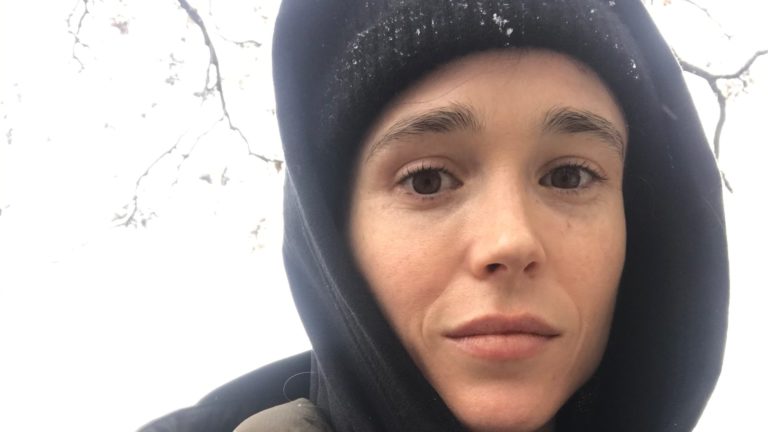
- Less than 8.2% of LGBTQ students are receiving inclusive sex education in school, according to a May report by several LGBTQ health and policy organizations.
- Only seven states and the District of Columbia require sex education to be LGBTQ+ inclusive, according to the report.
With more Americans than ever coming out as LGBTQ, the need for inclusive sex education is more pressing than ever – but few students are getting it, according to a report released ahead of Pride Month.
Less than 8.2% of LGBTQ students said they received inclusive sex education in school, a failure that could have lasting effects from adolescence into adulthood, according to “A Call to Action: LGBTQ Youth Need inclusive Sex Education,” published in May by several LGBTQ health and policy organizations.
“Far too many LGBTQ youth are attending schools that lack inclusive policies and sitting in classrooms where their teachers and textbooks significantly fail to address their identities, community, and experiences. Nowhere is this absence more clear, and potentially more damaging, than in sex education,” says the report, citing a number of other analyses.
Only a fraction of the 50 states – 18 – require sex education to be medically accurate, and just seven states and the District of Columbia require sex education to be LGBTQ+ inclusive, according to the report, an absence causing drastic consequences.
“We know non inclusive sex education can cause significant harm to young queer and trans folks, particularly LGBTQ youth of color,” said Preston Mitchum, policy director for Unite for Reproduction and Gender Equity, one of the report’s authors.
But the report says those students are “lacking information about themselves, and how sex and sexuality might be applicable to their own life experience,” said Joseph Kosciw, GLSEN research director.
“For any students seeing themselves included in the curriculum, they are more engaged in their education, and they thrive more, they’re more connected to school, and they often do better in school,” he said.
But “when you don’t see yourself being reflected in the education that you receive and in the information that you learn,” Mitchum said, that can cause negative mental and physical health outcomes.
Kids aren’t learning LGBTQ history.The Equality Act might change that.
The lack of inclusive education, not just sex education, contributes to a stigma, the report says.
For one, a lack of identity reflection in school curriculum can lead to a cultivation of hostile school environments by ignoring identities and experiences – making LGBTQ students less likely to feel comfortable speaking with their teachers about LGBTQ issues, less likely to feel safe at school, and face greater rates of anti-LGBTQ harassment, according to the report.
A lack of inclusive education can also lead to youth isolation and an absence of trusted adults, leading LGBTQ youth to be much more likely to seek health information online around sexuality, health, and STIs, information which can be medically inaccurate and inappropriate.
For many students, part of inclusive sex education is learning what’s applicable to their own life, Kosciw says. If sex education is not inclusive, health risk is much greater.
“The more that they’re not learning what they can do to protect themselves, [the more] they’re not taking appropriate actions around pregnancy and HIV risk,” he said.
And nearly one-quarter of LGBTQ youth were not taught about HIV/AIDS in school, compared to 18% of non-LGBTQ youth, according to the report, citing a 2019 analysis by the HRC Foundation.
The result, the report finds: Nearly seven in 10 new HIV diagnoses from 2018 were gay and bisexual men. And an overwhelming majority of new HIV transmissions among youth ages 13-24 occur among gay and bisexual men and transgender straight women.
‘I hardly ever see myself represented’:New documentary spotlights LGBTQ kids
Is coming out as a member of the LGBTQ community over? No, but it could be someday.
Mitchum says that though sex education is stigmatized especially for LGBTQ youth, the stigma exists for all students.
“When you think about the environment that the United States and other parts of the world have created around stigmatizing sex… we are a culture that has sex, but don’t talk about it,” Mitchum said.
Thus, sex education must be viewed with a wider lens – one that takes into account all young people’s experiences.
“[Sex ed] means informing young people of all the information and access that’s available so they can be informed about the decisions that they make,” he added.
For parents, educators, and policymakers to integrate a more inclusive sexual education curriculum, the report details several measures that every group can take.
Among them, Mitchum said, are calls for policymakers to “talk about the need for inclusive or comprehensive sex ed,” especially sex ed that is inclusive of all gender identities.
In addition to URGE, the report was authored and endorsed by Advocates for Youth, Answer, Black & Pink, the Equality Federation, GLSEN, the Human Rights Campaign, the National LGBTQ Task Force, Planned Parenthood Federation of America and SIECUS: Sex Ed for Social Change.

